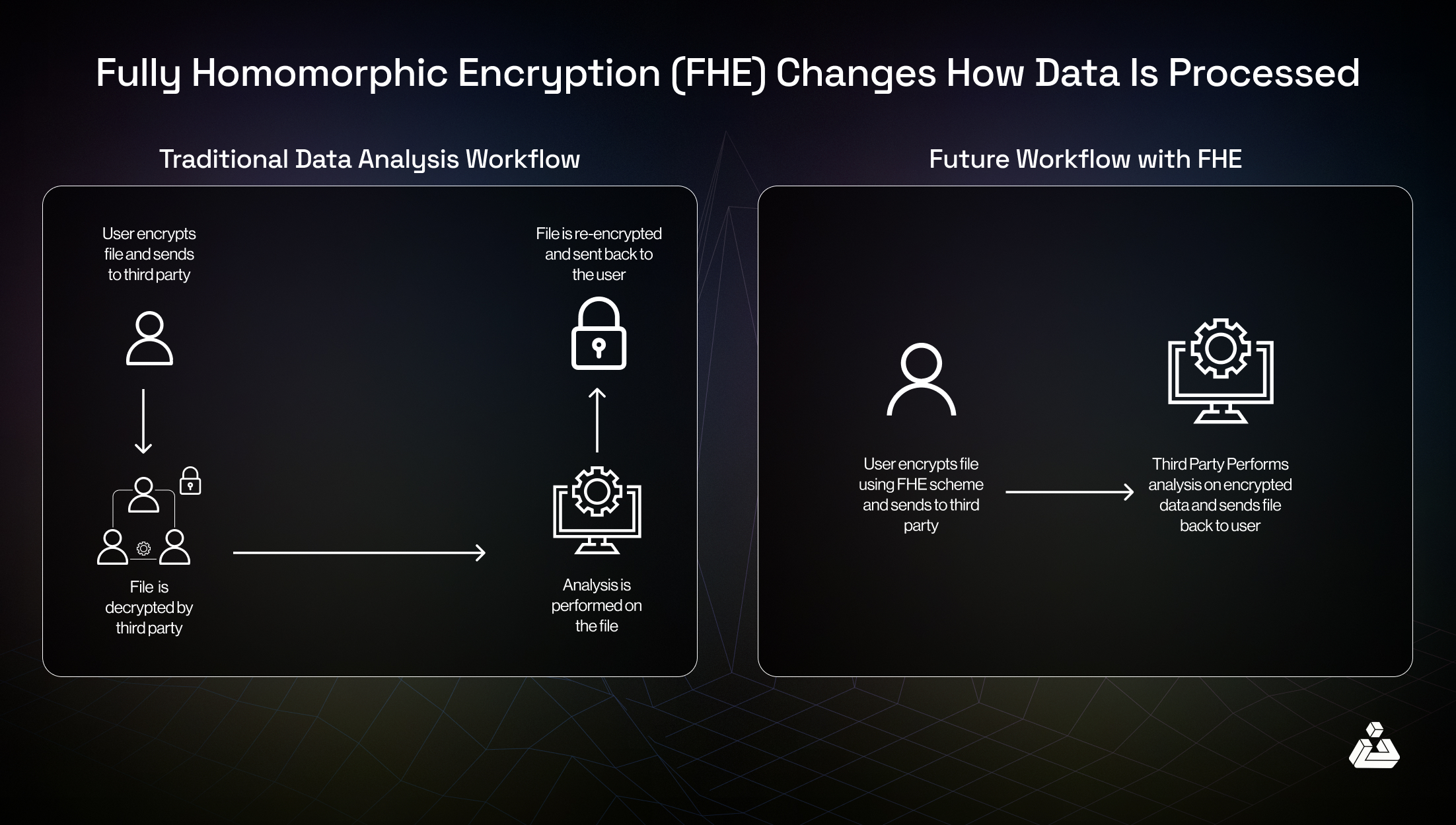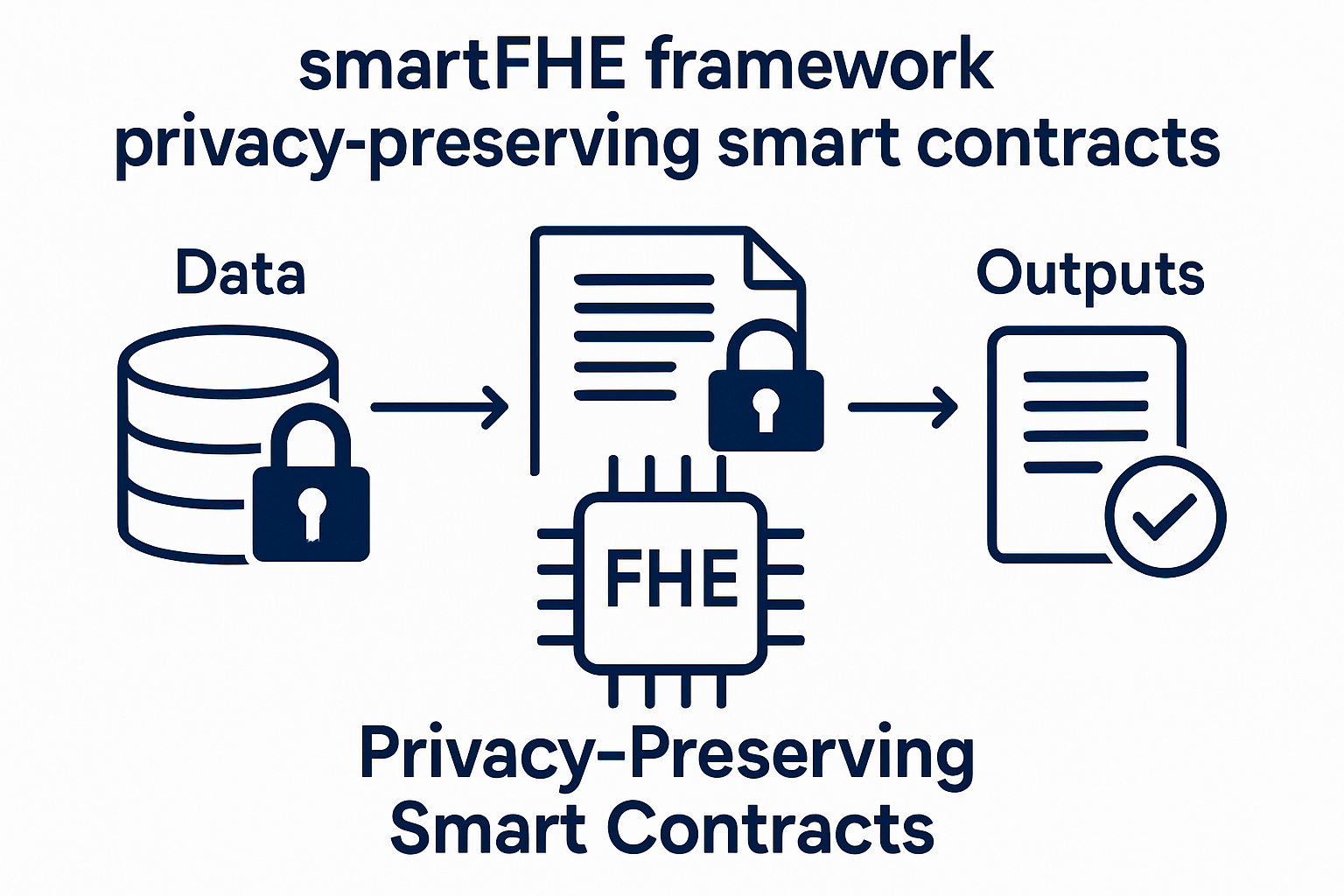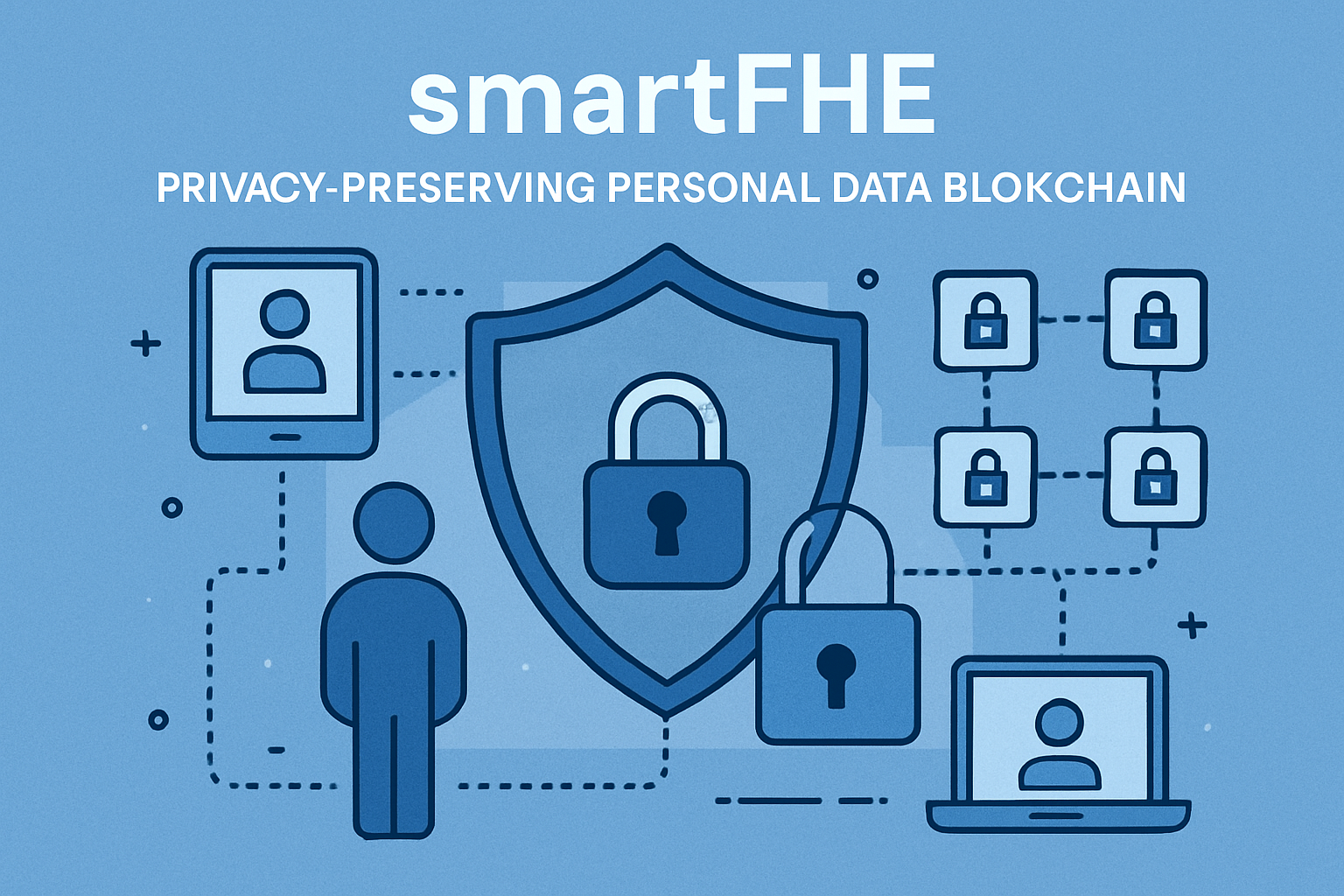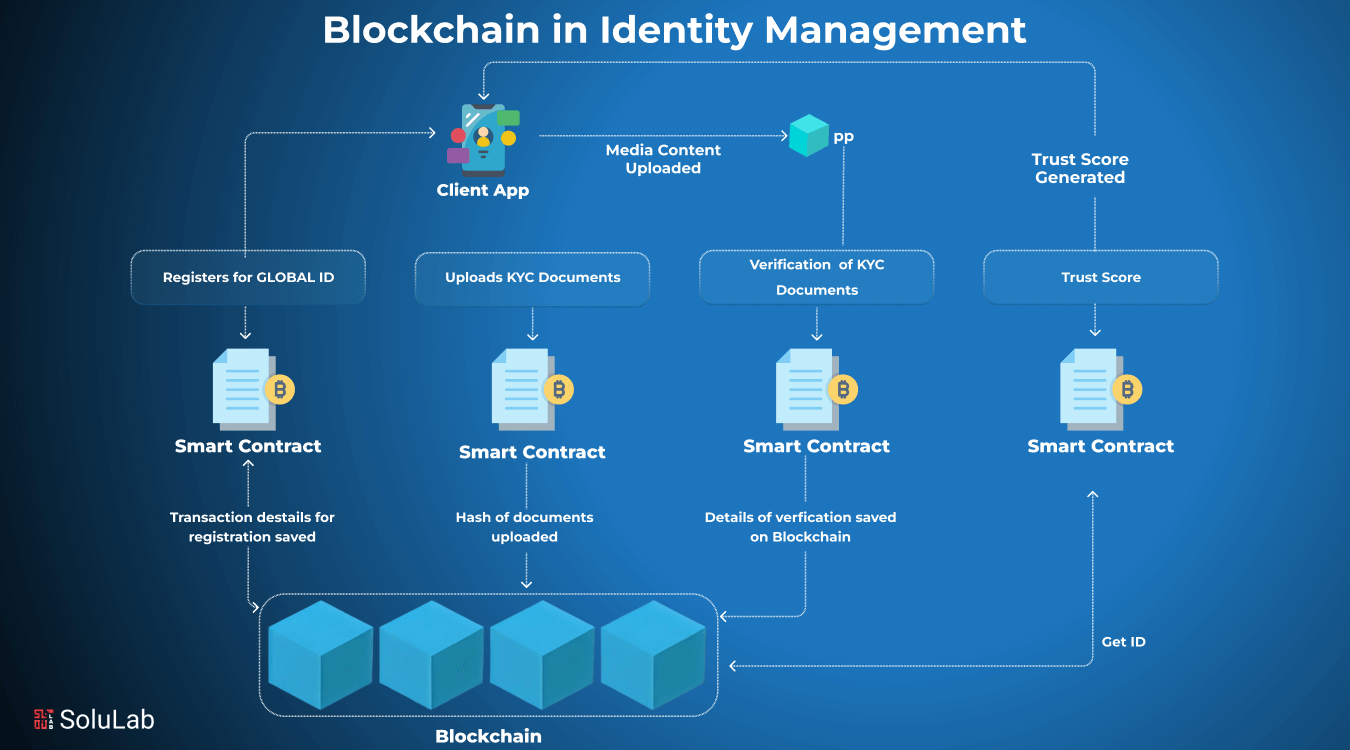
Confidentiality has long been the missing piece in the public blockchain puzzle. While transparency and immutability are foundational strengths, they have made it nearly impossible to keep sensitive data private within smart contracts. Enter Fully Homomorphic Encryption (FHE), a cryptographic breakthrough enabling computation on encrypted data. This innovation is rewriting the rules for privacy in decentralized applications, offering a path to truly confidential smart contracts that can operate securely on any blockchain.

Why FHE Matters for Blockchain Privacy
Traditional smart contracts, such as those written in Solidity for Ethereum, execute every instruction transparently. While this supports trustless verification, it exposes all contract states and transaction details to the public – a fatal flaw for financial services, healthcare records, or any application where confidentiality is non-negotiable.
Fully Homomorphic Encryption blockchain solutions turn this paradigm on its head. With FHE, inputs remain encrypted throughout computation; only authorized parties can decrypt results. This means transaction amounts, business logic, and even user identities can be shielded from prying eyes without sacrificing the security or composability of the underlying blockchain.
The State of FHE Smart Contracts in 2025
The past year has seen rapid advances in integrating FHE into blockchain protocols:
Leading Projects Advancing FHE-Powered Confidential Smart Contracts
-

Zama’s fhEVM: Zama has developed the fhEVM (Fully Homomorphic Encryption Ethereum Virtual Machine), enabling confidential smart contracts on EVM-compatible blockchains. Developers can write privacy-preserving dApps in Solidity, with encrypted data processed throughout the contract lifecycle. The fhEVM Coprocessor extends this capability to any EVM chain, making FHE integration accessible and scalable.
-

Fhenix’s FHE Rollups: Fhenix introduces FHE Rollups, combining the scalability of rollups with FHE-powered confidentiality. This approach enables private transactions and applications—such as confidential gaming and voting—on Ethereum and other EVM networks, without sacrificing performance or composability.
-

smartFHE Framework: The smartFHE framework supports confidential smart contracts by allowing miners to compute directly on encrypted data. Users provide zero-knowledge proofs for their private inputs, ensuring privacy while minimizing computational overhead for end-users. This framework demonstrates practical FHE integration for privacy-centric blockchain applications.
Zama’s fhEVM now allows developers to write confidential Solidity contracts that run seamlessly on EVM-compatible chains. The fhEVM Coprocessor ensures all computations happen over encrypted data, drastically reducing the risk of data leakage. Meanwhile, Fhenix’s FHE Rollups combine zero-knowledge proofs with homomorphic encryption for scalable and private transactions across Ethereum and beyond.
The smartFHE framework, recently highlighted in academic research, demonstrates how miners can process encrypted computations while users provide efficient zero-knowledge proofs of input validity. These innovations are not theoretical; they’re being piloted in real-world use cases from private voting systems to institutional DeFi products.
Main Advantages: Confidentiality Without Compromise
The promise of confidential smart contracts is multi-dimensional:
- Total Data Privacy: All sensitive information remains encrypted during processing and storage.
- Ecosystem Composability: Private contracts can interact with other dApps without breaking confidentiality guarantees.
- Regulatory Alignment: By ensuring only authorized decryption, projects can meet GDPR and similar privacy mandates more easily.
- No Trade-off on Security: Computations are still verifiable by network participants without exposing underlying data.
This new paradigm enables use cases previously considered impossible on public blockchains: confidential auctions, sealed-bid tenders, private payrolls, medical record management – all while maintaining decentralization and auditability.
Tackling Performance and Usability Challenges
No technology comes without trade-offs. The most significant challenge facing encrypted contract protocols is performance overhead; FHE operations are orders of magnitude slower than traditional computation due to their mathematical complexity. However, ongoing research into specialized hardware accelerators and optimized algorithms is already closing this gap year over year.
A second hurdle is developer accessibility. Integrating FHE into existing workflows requires new tooling and mental models. Projects like Zama’s fhEVM are lowering these barriers by abstracting away cryptographic details so developers can focus on building logic rather than wrestling with encryption primitives.
Key management also presents a nuanced challenge for blockchain privacy solutions. Unlike traditional centralized systems, public blockchains demand decentralized approaches to key storage and access. Emerging techniques such as threshold cryptography and multi-party computation (MPC) are being integrated to distribute trust and minimize single points of failure. These innovations are critical for ensuring that only the intended parties can decrypt sensitive results, even in adversarial environments.
Interoperability is another factor shaping the future of FHE smart contracts. As more blockchains adopt privacy-enhancing technologies, the ability to move encrypted assets and confidential logic across chains becomes paramount. Cross-chain bridges and standardized interfaces for encrypted data exchange are under active development, aiming to preserve confidentiality without fragmenting liquidity or composability.
Real-World Applications: Transforming Blockchain Utility
The impact of FHE smart contracts is already visible in several sectors:
Real-World Use Cases for FHE-Powered Confidential Smart Contracts
-

Private Decentralized Finance (DeFi) Transactions: Platforms like Zama’s fhEVM enable confidential lending, borrowing, and trading by processing encrypted financial data within smart contracts, ensuring user balances and transaction details remain private.
-

Confidential On-Chain Voting: Fhenix’s FHE Rollups allow for secure, private voting systems on blockchains, where individual votes are encrypted and tallied without revealing voter identities or choices.
-

Privacy-Preserving Gaming Applications: FHE-powered smart contracts, such as those enabled by Fhenix, facilitate on-chain games where player moves and strategies are encrypted, maintaining fairness and confidentiality throughout gameplay.
-

Secure Personal Data Management: Solutions like smartFHE allow users to store and process sensitive personal information (e.g., health or identity data) on-chain, with computations performed directly on encrypted data to ensure privacy and regulatory compliance.
-

Enterprise and Regulatory Compliance Workflows: By leveraging FHE in smart contracts, enterprises can process confidential business logic and sensitive transactions on public blockchains while meeting data privacy regulations such as GDPR, as only authorized parties can decrypt results.
For example, private voting dApps now allow ballots to be cast and tallied on-chain without revealing individual votes, ensuring both transparency and secrecy. In institutional DeFi, banks can execute complex trades or settlement instructions on public ledgers while keeping proprietary strategies hidden from competitors. Healthcare providers are exploring encrypted patient record management where sensitive data remains private yet auditable by regulators.
These breakthroughs have not gone unnoticed by enterprise and regulatory stakeholders. The ability to combine blockchain’s auditability with strong confidentiality is attracting a new wave of adoption from industries previously deterred by privacy concerns. As compliance requirements tighten worldwide, FHE may well become a cornerstone of mainstream blockchain integration rather than a niche technology.
What’s Next for Solidity FHE Integration?
The road ahead will be defined by continued improvements in efficiency, usability, and standardization. Expect to see:
- Broader EVM compatibility: More Layer 1s and Layer 2s adopting fhEVM-like coprocessors.
- Simplified developer experience: High-level libraries abstracting away cryptographic details so Solidity developers can write confidential logic as easily as today’s transparent code.
- Community-driven standards: Open frameworks for interoperability between different FHE protocols and blockchains.
The market momentum is clear: what began as an academic curiosity has become a practical toolkit for building the next generation of privacy-first decentralized applications. With each technical milestone, the gap between theoretical security and real-world usability shrinks further.
If you’re building in this space or evaluating privacy solutions for your organization, it’s time to pay close attention to the evolution of encrypted contract protocols. The projects leading this revolution are not just adding features – they are fundamentally redefining what’s possible on public blockchains.






